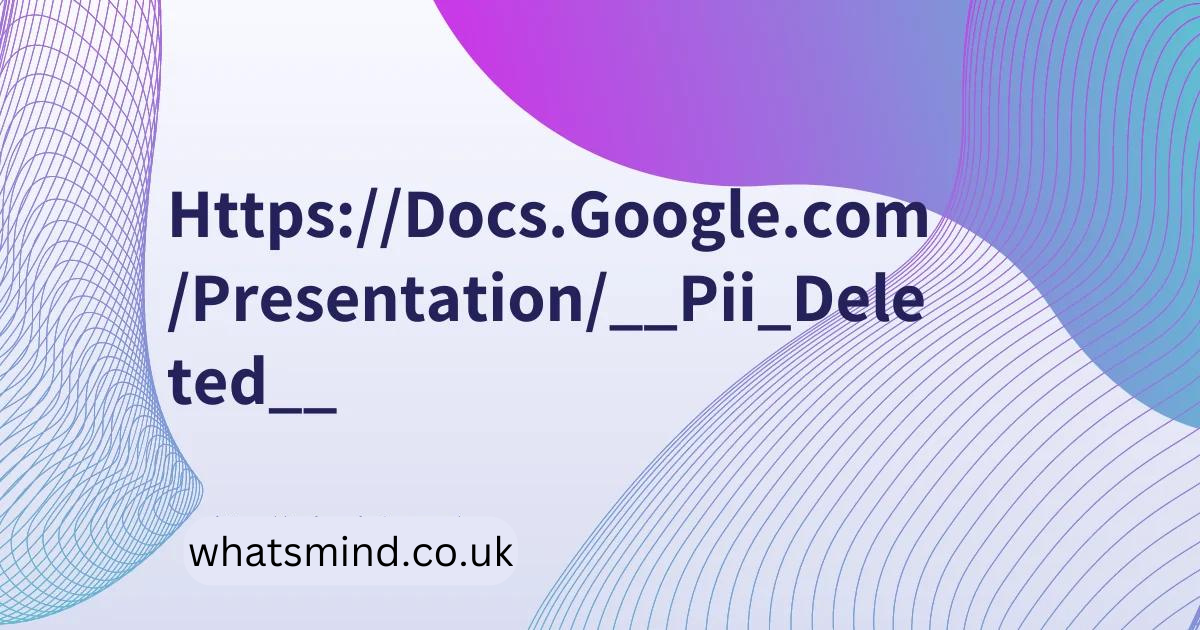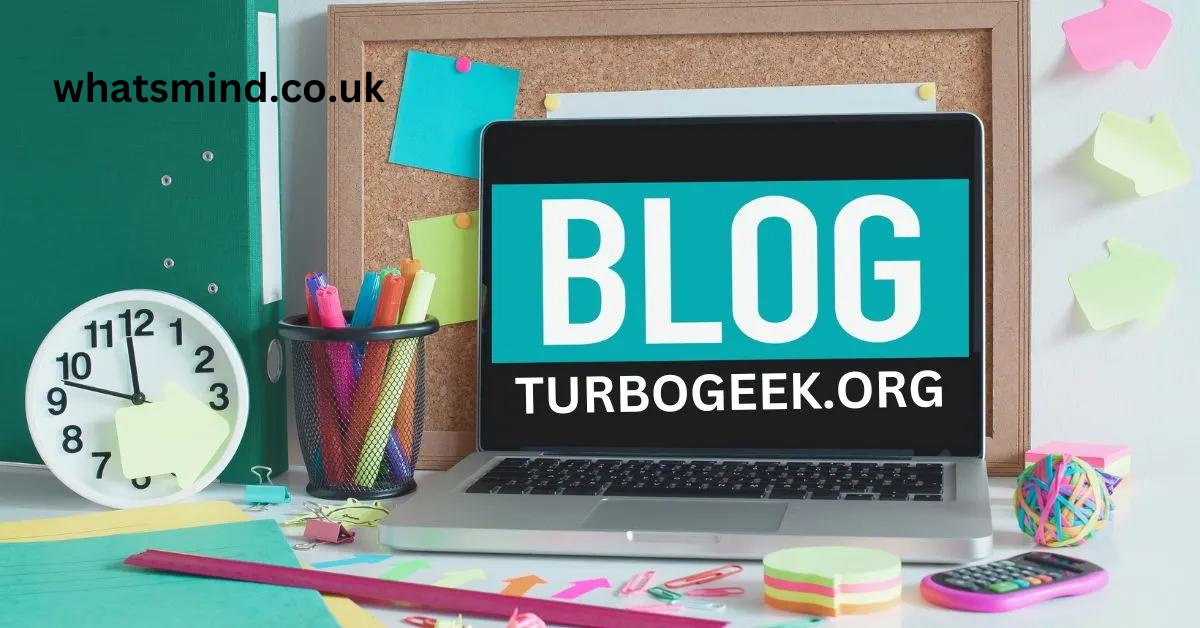In an increasingly interconnected world, the demand for content that transcends language barriers is at an all-time high. Whether it’s a blockbuster movie, a viral YouTube video, an online course, or a business presentation, the ability to reach a global audience has become a critical component of success. This is where video translators play a pivotal role. As the guardians of communication across cultures, video translators ensure that the intended message of a video is conveyed accurately and effectively to audiences who speak different languages. In modern media, their work is indispensable, bridging gaps and fostering global understanding.
What is a Video Translator?
A video translator is a professional who specializes in translating the spoken or written content of a video from one language to another. This process goes beyond mere translation of words; it involves capturing the essence, tone, and context of the original content to ensure that it resonates with the target audience in the same way it does with the original audience. Video translators may work on a variety of content, including movies, TV shows, documentaries, online videos, educational content, advertisements, and corporate training materials.
The Importance of Video Translators in Modern Media
- Expanding Global Reach
One of the most significant roles of video translators is enabling content creators to expand their reach to a global audience. In today’s digital age, a video produced in one part of the world can be viewed by millions of people across different countries and cultures. However, without translation, this content may not be accessible or understandable to non-native speakers. Video translators help break down language barriers, making it possible for content to be shared, understood, and appreciated by a diverse audience.
- Preserving Cultural Nuances
Translation is not just about converting words from one language to another; it’s also about preserving cultural nuances. Every language has its own set of idioms, expressions, and cultural references that may not have a direct equivalent in another language. A skilled video translator understands these subtleties and ensures that the translated content remains faithful to the original while being culturally appropriate for the target audience. This is especially important in media such as films and TV shows, where cultural context plays a significant role in storytelling.
- Enhancing Viewer Engagement
In the world of online content, engagement is key. Videos that are tailored to the linguistic preferences of the audience are more likely to capture attention and encourage interaction. By translating videos into multiple languages, content creators can enhance viewer engagement, leading to higher viewership, longer watch times, and more shares. This is particularly important for businesses and influencers who rely on video content to connect with their audience and build their brand.
- Facilitating E-Learning and Education
The rise of online education has further highlighted the need for video translators. E-learning platforms offer courses to students around the world, often in multiple languages. Video translators play a crucial role in ensuring that educational content is accessible to a global student base. They translate lectures, tutorials, and instructional videos, allowing students to learn in their native language. This not only improves comprehension but also makes education more inclusive and equitable.
The Process of Video Translation
Video translation is a complex process that involves several stages, each of which requires a high level of expertise and attention to detail. Below is an overview of the key steps involved in translating a video.
- Transcription
The first step in video translation is transcription. This involves creating a written version of the spoken content in the original language. The transcription serves as the foundation for the translation process. It must be accurate and complete, capturing every word, sound effect, and significant audio element in the video.
- Translation
Once the transcription is complete, the translator begins the process of translating the text into the target language. This is where the translator’s linguistic skills come into play. They must carefully choose words and phrases that convey the same meaning as the original, while also taking into account cultural differences and context. The goal is to produce a translation that is both accurate and natural-sounding.
- Timing and Synchronization
Timing is a critical aspect of video translation, especially in cases where subtitles or voiceovers are used. The translated text must be synchronized with the visuals and audio in the video. This means that the length of the translated sentences must match the original, and the text must appear on screen at the right moment. Achieving perfect synchronization requires a deep understanding of both languages and the technical aspects of video production.
- Subtitling or Dubbing
After the translation is finalized, the next step is to integrate it into the video. This can be done in two ways: subtitling or dubbing.
- Subtitling involves displaying the translated text at the bottom of the screen while the original audio plays. This is a common method for translating foreign films and documentaries. Subtitles must be clear, concise, and easy to read, with appropriate timing to match the dialogue.
- Dubbing involves replacing the original audio with a voiceover in the target language. This method is often used for TV shows, movies, and animated content. The challenge with dubbing is ensuring that the voiceover matches the lip movements and expressions of the characters, creating a seamless viewing experience.
- Quality Assurance
The final step in the video translation process is quality assurance. This involves reviewing the translated video to ensure that it meets the highest standards of accuracy, clarity, and synchronization. Any errors or inconsistencies are corrected before the video is released to the public. Quality assurance is essential to maintaining the integrity of the content and ensuring that it resonates with the target audience.
The Challenges of Video Translation
While video translation is an essential service, it comes with its own set of challenges. Some of the most common challenges include:
- Maintaining Accuracy
One of the biggest challenges in video translation is maintaining accuracy. Translators must ensure that the translated content conveys the same meaning as the original, without any distortions or omissions. This can be difficult when dealing with complex or technical content, where precise terminology is crucial.
- Cultural Sensitivity
As mentioned earlier, cultural nuances play a significant role in translation. A phrase that is perfectly acceptable in one culture may be offensive or confusing in another. Video translators must be culturally sensitive and aware of these differences to avoid any potential misunderstandings.
- Technical Constraints
Video translation often involves working within technical constraints, such as limited screen space for subtitles or the need to match lip movements in dubbing. These constraints can make it challenging to produce a translation that is both accurate and visually appealing.
- Rapid Turnaround Times
In the fast-paced world of modern media, content creators often require translations to be completed quickly. Video translators must be able to work efficiently without compromising on quality, which can be a demanding task, especially for large projects.
The Future of Video Translation in Modern Media
As technology continues to evolve, the field of video translation is also undergoing significant changes. Advances in artificial intelligence (AI) and machine learning are playing an increasingly important role in the translation process. AI-powered tools can assist translators by providing suggestions, automating repetitive tasks, and improving the accuracy of translations. However, human translators will continue to be essential, particularly when it comes to capturing cultural nuances and ensuring the quality of the final product.
In the future, we can expect to see more sophisticated video translation tools that leverage AI to enhance the speed and accuracy of translations. These tools will likely become more accessible to content creators, allowing even small businesses and independent creators to reach global audiences with ease.
Conclusion
The role of a video translator in modern media cannot be overstated. As the world becomes more interconnected, the need for accurate and culturally sensitive translations will only continue to grow. Video translators are the bridge between cultures, enabling content to transcend language barriers and reach audiences around the world. Whether it’s a blockbuster movie, an online course, or a corporate presentation, video translators play a crucial role in ensuring that the message is communicated effectively, no matter the language. As technology advances, their work will become even more integral to the global media landscape, shaping the way we consume and share content across borders.

